I have an UItableView from which i want to move on other view controller. for do this what other suggest and what i do previously is drag and drop a segue from table view cell to other view and set an segue identifier.
i know this way and work fine in many cases but my cells are large in quantity or may be generated on the bases of data . so i cant connect each cell with view controller and set segue and its identifier so please.
what i asking is there any way to create segue b/w to views programmatically?
i think UIstoryboardSegue class can solve this but how it work guide me.


